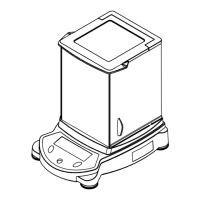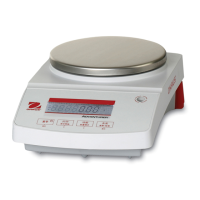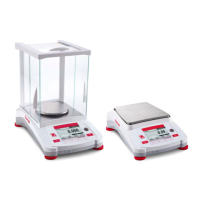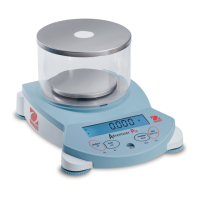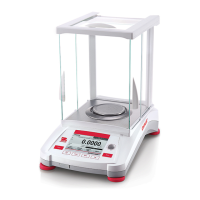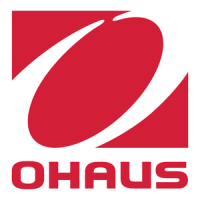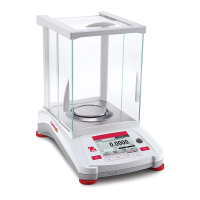Why do OHAUS Scales show Err 8.4?
- NNorma LopezSep 3, 2025
Err 8.4 indicates an over or under load. This happens when the sample being weighed exceeds the capacity of the balance, or the balance may be incorrectly calibrated. Recalibrate the balance to resolve this.



